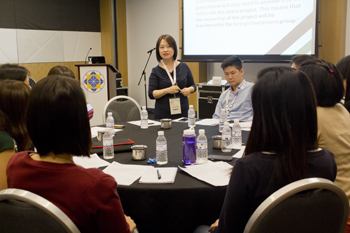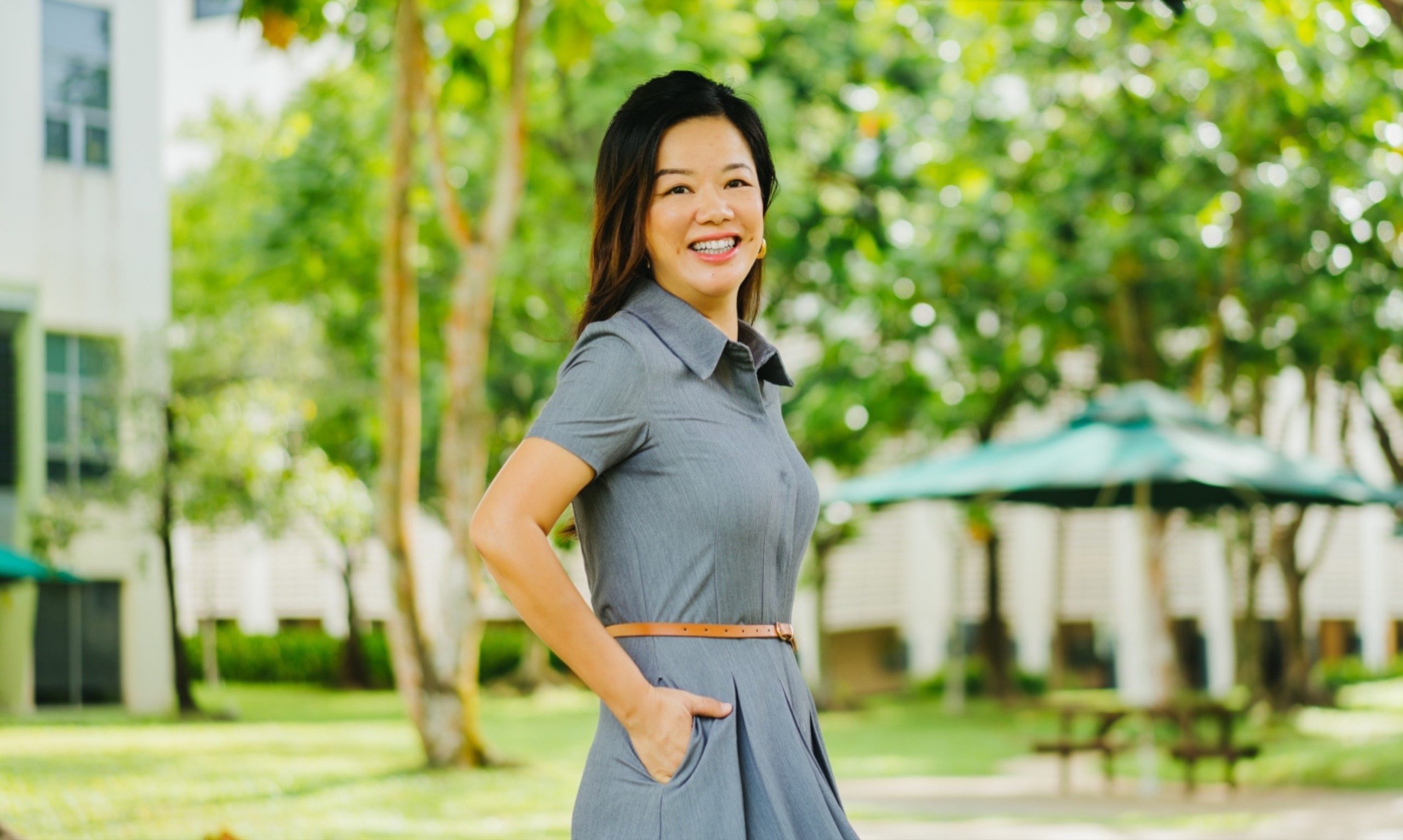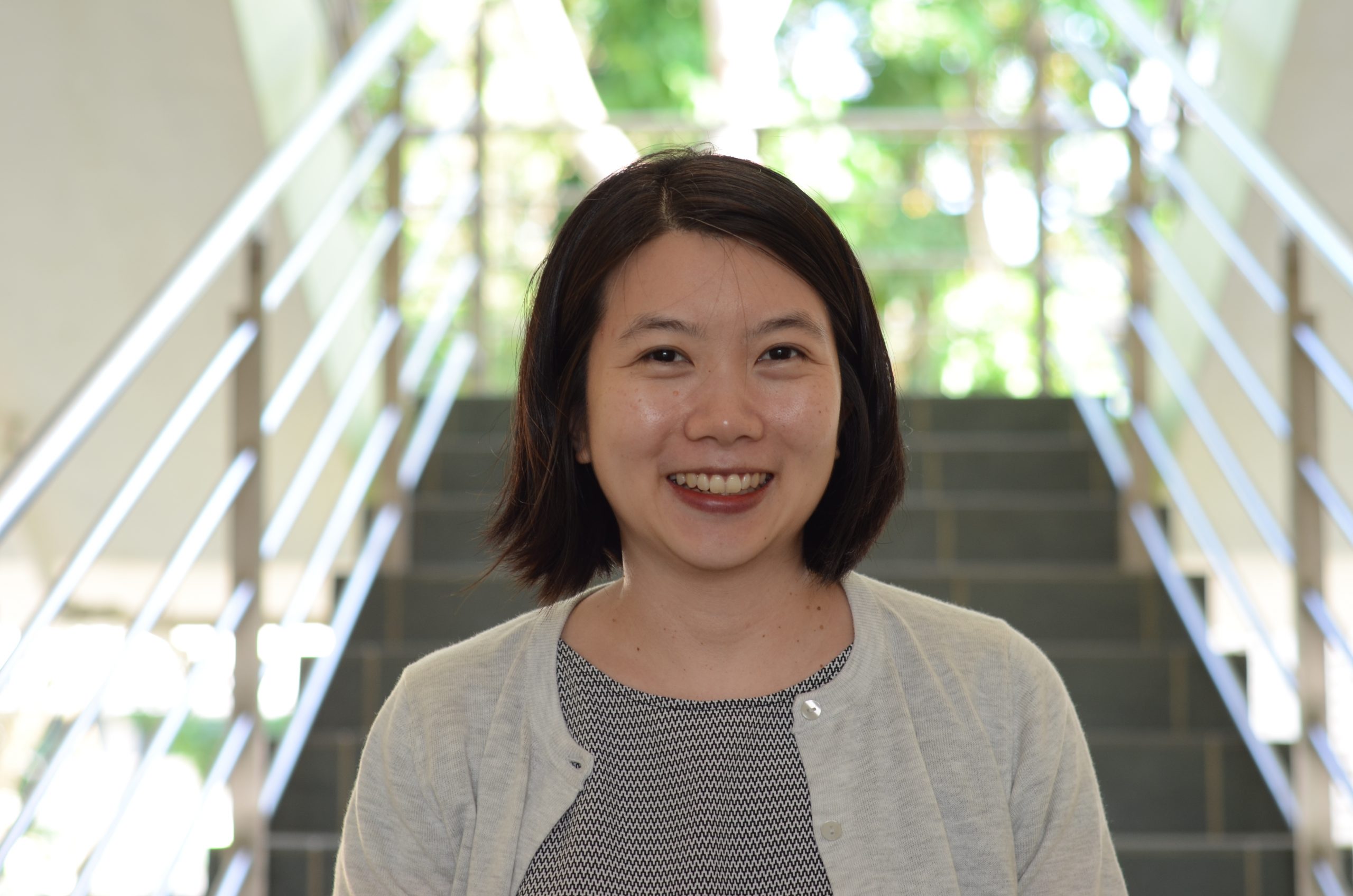Learning from Dilemmas
A teacher poses a dilemma in class and lets her students grapple with it, in a bid to help them enhance their social, emotional and thinking skills.
In a world where speed and efficiency are everything, a teacher at Raffles Institution wants her students to learn to slow down when making decisions, especially if others may be affected.
To do that, Geography teacher Mrs Ong Wai Ling laid down a challenge for them, in the form of a dilemma.
 Dilemma-based Learning
Dilemma-based Learning
“What is a dilemma? It’s a difficult decision that needs to be made,” explains Wai Ling. “You have conflicting points of view, and it’s not so easy to have a ‘good’ conclusion for everyone.
“What’s interesting about a dilemma is that there’re no correct answers. And that’s something that students don’t like,” she continues.
Wai Ling first got to know about dilemma-based learning through the book, Dilemma-based Learning in the Humanities: Integrating Social, Emotional and Thinking Skills.
Dilemma-based learning requires students to reflect on their own values, think logically and creatively, and empathize with others as they grapple with a dilemma posed by their teacher.
Wai Ling finds this learning approach especially apt for the Humanities subjects. “It is related to problem solving, conflict resolution and reconciliation of different needs,” she says. “That’s the essence of inquiry in the Humanities.”
The Dilemma: To Build or Not to Build?
While teaching the topic of Tourism in Geography, Wai Ling decided to construct a dilemma for her students based on a real-life issue she feels strongly about: the wearing of heavy brass coils around the neck by women from the Paduang tribe.
To make the dilemma authentic, she asked students to assume the role of Director of Tourism at the Ministry of Tourism in Chiangmai, Thailand.
A group of foreign investors wants to set up a Paduang cultural village which costs US$10 million to build. The local government will need to invest US$6 million in this project. In addition, the Paduang women have to carry on the tradition of wearing brass coils to attract tourists (See box story below).
Human rights activists frown upon this practice and see the project as a violation of human rights. However, it will possibly improve the economic circumstances of the Paduang people.
As the tourism director, would the students advise the Thai government to build the village? What would be the best decision for both the government and the Paduang community?
Dilemma-based learning is related to problem solving, conflict resolution and reconciliation of different needs. That’s the essence of inquiry in the Humanities.
– Ong Wai Ling, Raffles Institution
“Hold your Horses!”
Wai Ling got her students into groups and told them to use “webs of meaning” to guide their discussions. The webs are series of key questions that get students thinking in a structured fashion about the stakeholders and how each group might be affected differently. This is very useful, especially for students who tend to be divergent in their thinking.
Some of Wai Ling’s students are eager to arrive at the “right” answer at the outset. “We tell them: Hold your horses first. Sometimes, you’ve got to listen to your friends and there’s no one right answer for the time being,” she says.
“Our students are very quick at making decisions, so when we delay them in their decision making, we help them to explore the issue more deeply.”
To make things interesting, Wai Ling did not provide all the information they needed immediately. Instead, she “threw up bits and pieces of information” along the way, so that students have to reconsider their decisions.
“One of the objectives is to teach them that you can’t gather all the information at one go. During the inquiry process, new information may come your way, so what do you do with it?”

Decisions, Decisions
After discussing the dilemma in their groups, each student reflected and wrote down the factors that made them decide on a certain course of action.
“I ask them about their personal feelings as well,” Wai Ling says. She wants them to learn to empathize with people who will be affected by their decisions.
Some of her students held very strong views and felt perturbed when their classmates thought differently from them. There were those who were very concerned about human rights, while others focused on the economic benefits that the project will bring to the Paduang people.
For teachers, it may be tempting to skip this step of personal reflection. But Wai Ling thinks it encourages students to reflect on their own thinking, something that many are not very skilled at.
After that, the students led a “content plenary” where groups shared their decisions with the class. Each group explained their decision-making process, and others were free to question them. The whole class then voted for the “best” decision.
Through the use of this approach, Wai Ling hopes that her students will learn to persevere and work with others to solve complex, real-world problems that await them in the future. “We want to encourage them to practise and develop skills they can use throughout their lives to make good decisions.”
Wai Ling’s advice to other teachers who want to try this out with their students is this: Be neutral. Although she is keenly interested in this issue surrounding the Paduang women, she did not let her personal opinions get in the way in class.
“We cannot impose our views on others–I think this is very important for Humanities teachers,” she says. “We expose them to the problems, equip them with the skills, and set them on a journey to go and explore on their own.”
Useful Resource
Wood, P., Hymer, B., & Michel, D. (2007). Dilemma-based learning in the Humanities: Integrating social, emotional and thinking skills. London, England: Chris Kington.
Reference
Kayan people (Burma. (n.d.). In Wikipedia. Retrieved from https://en.wikipedia.org/wiki/Kayan_people_
%28Burma%29






